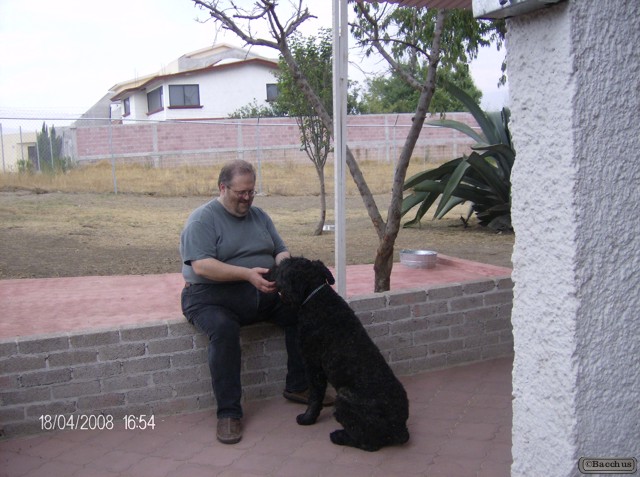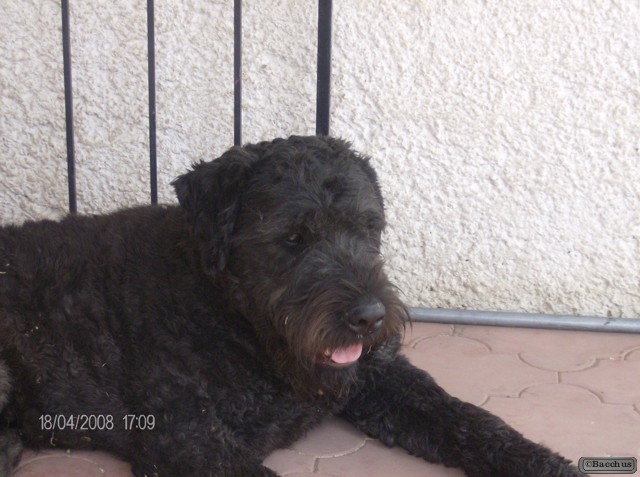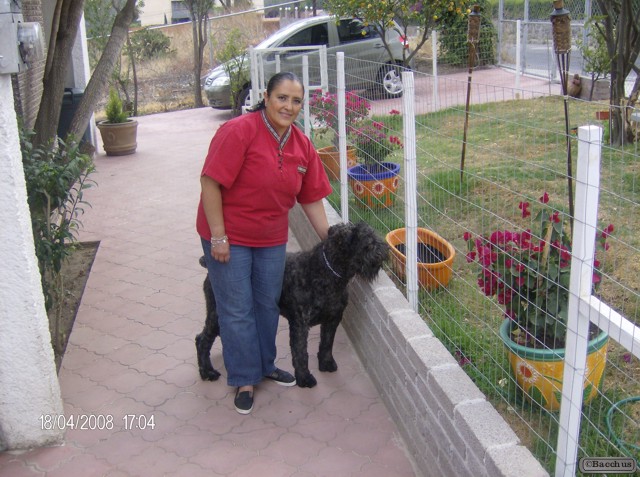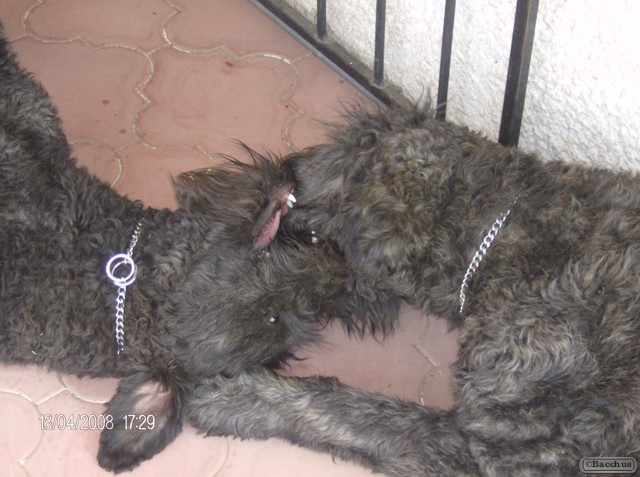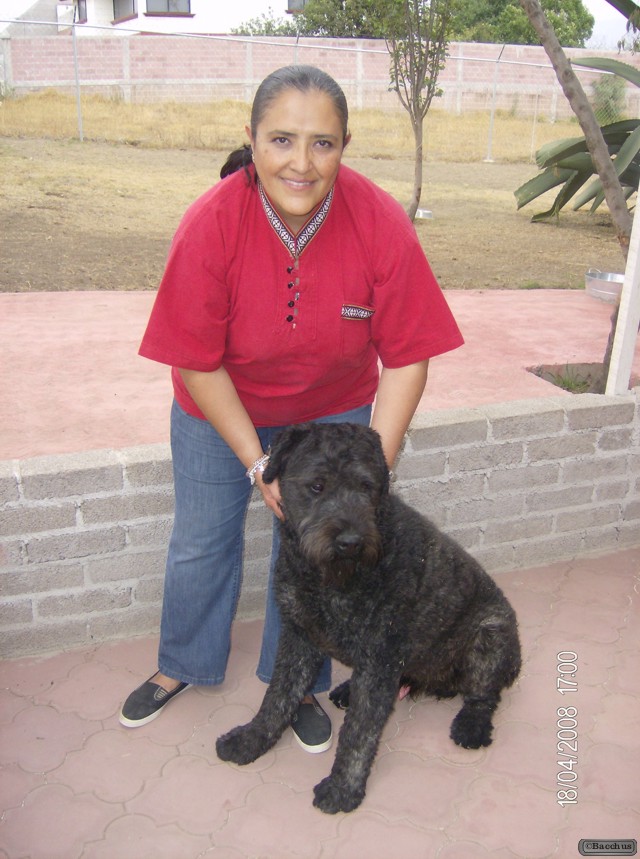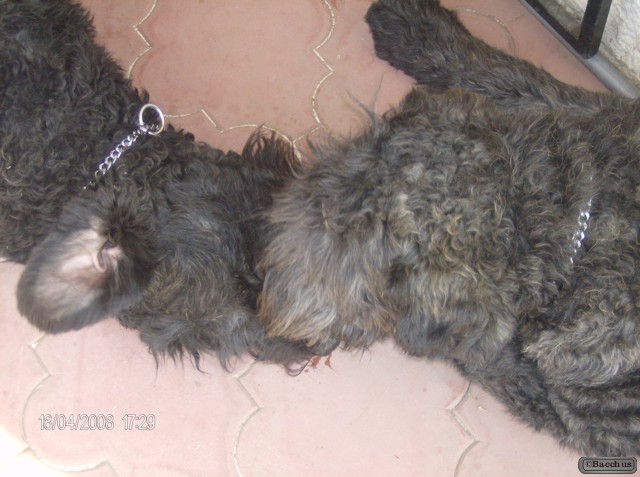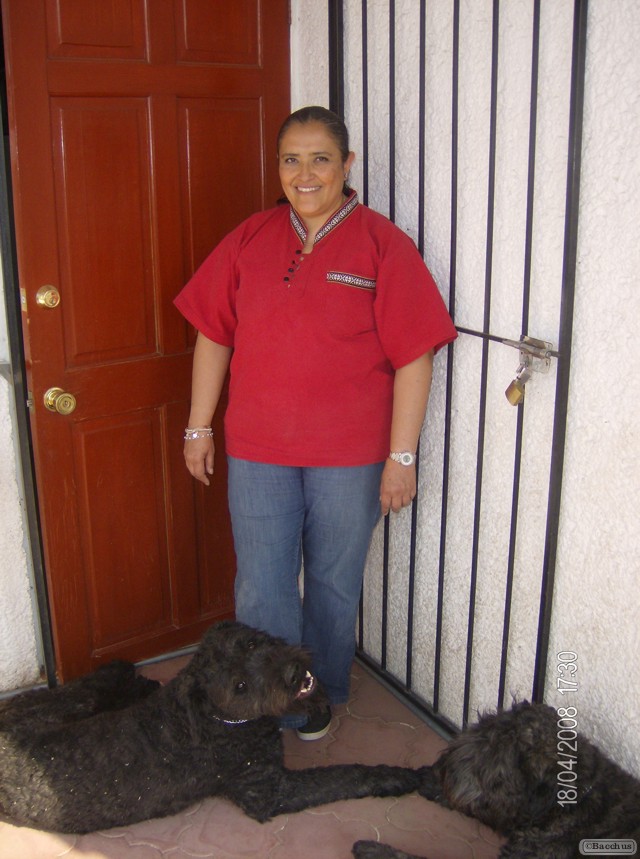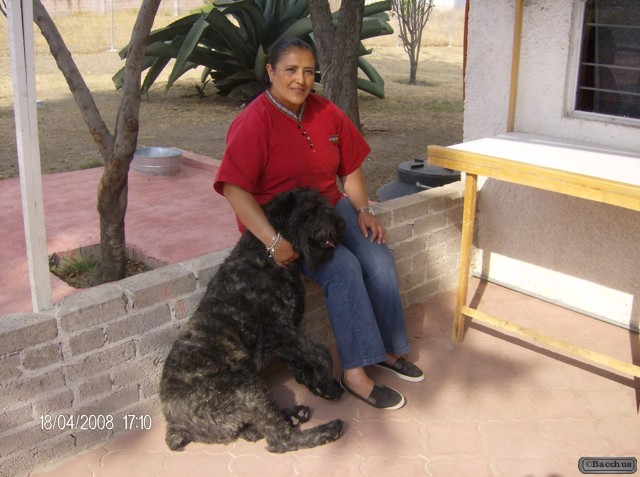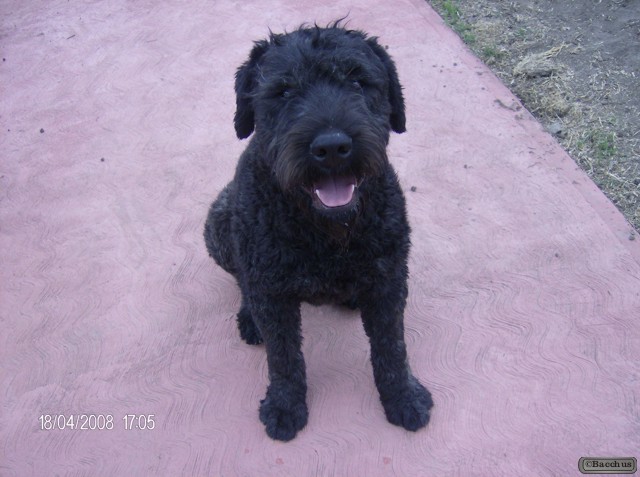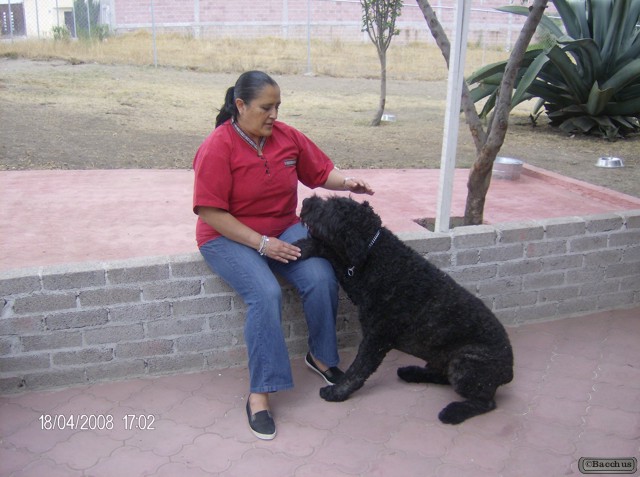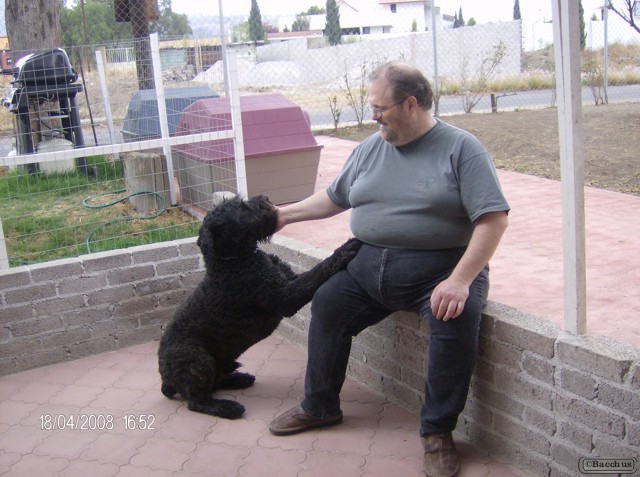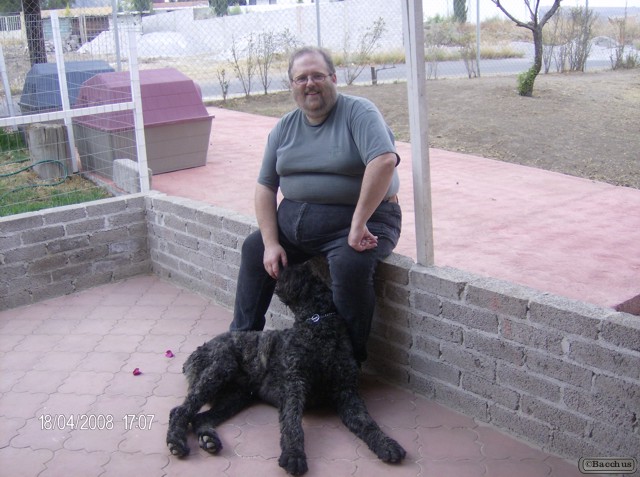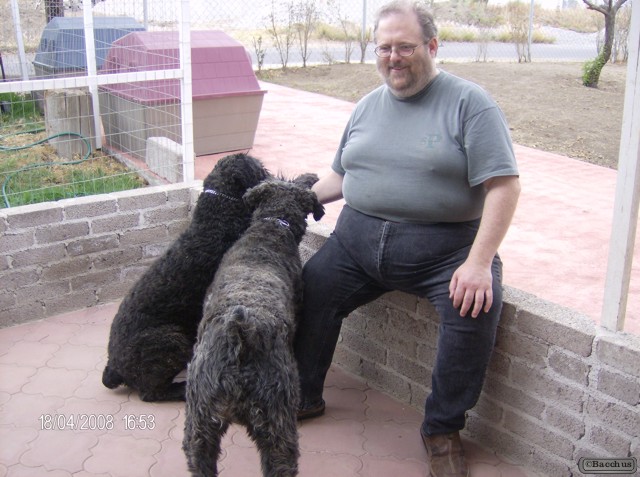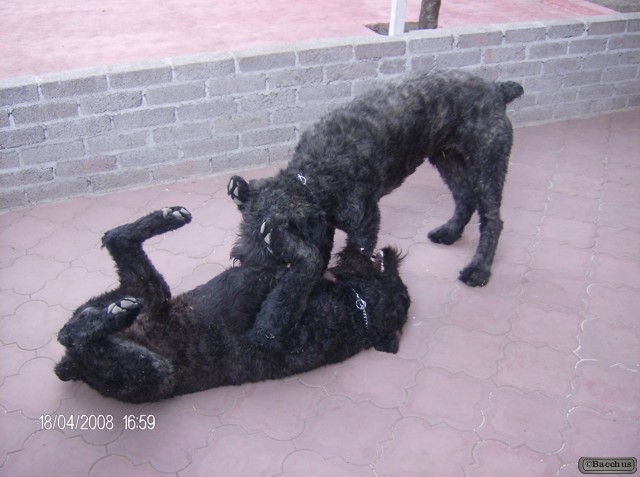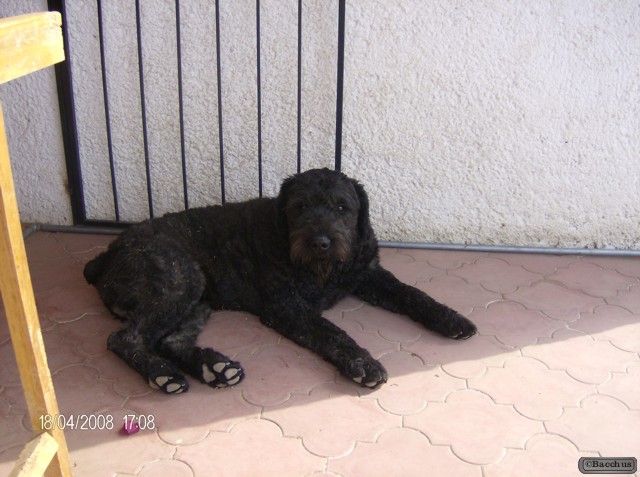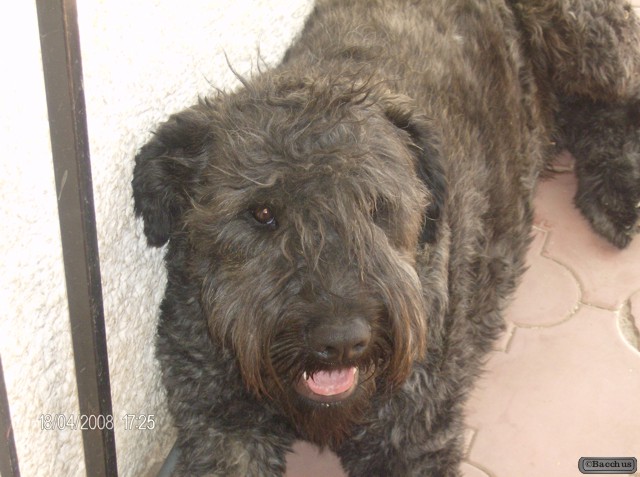Beliefs and Practices
“New Age Science”
According to Drury, the New Age movement attempts to create “a worldview that includes both science and spirituality”. Although it typically rejects rationalism, the scientific method, and the academic establishment, at times those active in the movement employ terminology and concepts borrowed from science and particularly from the New Physics. Moreover, a number of prominent influences on New Age movement, such as David Bohm and Ilya Prigogine, came from backgrounds as professional scientists. Instead it typically expresses the view that its own understandings of the universe will come to replace those of the academic establishment in a paradigm shift.
Luc Paquin
Beliefs and Practices
Healing and Alternative Medicine
Hanegraaff identified the second main healing current in the New Age movement as being holistic health. This emerged in the 1970s out of the free clinic movement of the 1960s, and has various connections with the Human Potential Movement. It emphasises the idea that the human individual is a holistic, interdependent relationship between mind, body, and spirit, and that healing is a process in which an individual becomes whole by integrating with the powers of the universe. A very wide array of methods are utilised within the holistic health movement, with some of the most common including acupuncture, biofeedback, chiropractic, yoga, kinesiology, homeopathy, iridology, massage and other forms of bodywork, meditation and visualisation, nutritional therapy, psychic healing, herbal medicine, healing using crystals, metals, music, chromotherapy, and reincarnation therapy. The use of crystal healing has become a particularly prominent visual trope in the movement. The mainstreaming of the Holistic Health movement in the UK is discussed by Maria Tighe. The inter-relation of holistic health with the New Age movement is illustrated in Jenny Butler’s ethnographic description of “Angel therapy” in Ireland.
Luc Paquin
A-FROM
A-FROM in Action at the Aphasia Institute
Aura Kagan, Ph.D.
Abstract
Aphasia centers are in an excellent position to contribute to the broad definition of health by the World Health Organization: the ability to live life to its full potential. An expansion of this definition by the World Health Organization International Classification of Functioning, Disability and Health (ICF) forms the basis for a user-friendly and ICF-compatible framework for planning interventions that ensure maximum real-life outcome and impact for people with aphasia and their families. This article describes Living with Aphasia: Framework for Outcome Measurement and its practical application to aphasia centers in the areas of direct service, outcome measurement, and advocacy and awareness. Examples will be drawn from the Aphasia Institute in Toronto. A case will be made for all aphasia centers to use the ICF or an adaptation of it to further the work of this sector and strengthen its credibility.
Norma
Beliefs and Practices
Healing and Alternative Medicine
The healing elements of the movement are difficult to classify given that a variety of terms are used, with some New Age authors using different terms to refer to the same trends, while others use the same term to refer to different things. However, Hanegraaff developed a set of categories into which the forms of New Age healing could be roughly categorised. The first of these was the Human Potential Movement, which argues that contemporary Western society suppresses much human potential, and which accordingly professes to offer a path through which individuals can access those parts of themselves that they have alienated and suppressed, thus enabling them to reach their full potential and live a meaningful life. Hanegraaff described transpersonal psychology as the “theoretical wing” of this Human Potential Movement; in contrast to other schools of psychological thought, transpersonal psychology takes religious and mystical experiences seriously by exploring the uses of altered states of consciousness. Closely connected to this is the shamanic consciousness current, which argues that the shaman was a specialist in altered states of consciousness and which seeks to adopt and imitate traditional shamanic techniques as a form of personal healing and growth.
Luc Paquin
Russia
Witchcraft Trials
Witchcraft trials occurred frequently in seventeenth-century Russia, although the “great witch-hunt” is believed to be a predominately Western European phenomenon. However, as the witchcraft-trial craze swept across West European countries during this time, Orthodox Christian Eastern Europe indeed partook in this so-called “witch hysteria.” This involved the persecution of both males and females who were believed to be practicing paganism, herbology, the black art, or a form of sorcery within and/or outside their community. Very early on witchcraft legally fell under the jurisdiction of the ecclesiastical body, the church, in Kievan Rus’ and Muscovite Russia. Sources of ecclesiastical witchcraft jurisdiction date back as early as the second half of the eleventh century, one being Vladimir the Great’s first edition of his State Statute or Ustav, another being multiple references in the Primary Chronicle beginning in 1024.
The sentence for an individual found guilty of witchcraft or sorcery during this time, and in previous centuries, typically included either burning at the stake or being tested with the “ordeal of cold water” or judicium aquae frigidae. The cold-water test was primarily a Western European phenomenon, but was used as a method of truth in Russia prior to, and post, seventeenth-century witchcraft trials in Muscovy. Accused persons who drowned were considered innocent, and ecclesiastical authorities would proclaim them “brought back,” but those who floated were considered guilty of practicing witchcraft, and burned at the stake or executed in an unholy fashion. The thirteenth-century bishop of Vladimir, Serapion Vladimirskii, preached sermons throughout the Muscovite countryside, and in one particular sermon revealed that burning was the usual punishment for witchcraft, but more often the cold water test was used as a precursor to execution.
The Lost Bearded White Brother
Beliefs and Practices
Healing and Alternative Medicine
Another core factor of the New Age movement is its emphasis on healing and the use of alternative medicine. The general ethos within the movement is that health is the natural state for the human being and that illness is a disruption of that natural balance. Hence, New Age therapies seek to heal “illness” as a general concept which includes physical, mental, and spiritual aspects; in doing so it critiques mainstream Western medicine for simply attempting to cure disease, and thus has an affinity with most forms of traditional medicine found around the world. The concept of “personal growth” is also greatly emphasised within the healing aspects of the New Age movement. The movement’s focus of self-spirituality has led to the emphasis of self-healing, although also present in the movement are ideas that focus on both healing others, and healing the Earth itself.
Luc Paquin
Communication Aid for Capacity Evaluation (CACE)
The Aphasia Institute is pleased to offer you the Communication Aid for Capacity Evaluation – CACE
Alexandra Carling-Rowland, Ph.D., developed and tested CACE, a communicatively accessible capacity evaluation process to help health care professionals determine whether or not people living with communication barriers have the capacity to decide where they shall live. CACE is designed to be used with individuals who need help to understand information and to express themselves. CACE can be used with people living with aphasia, speech disorders or hearing loss and with those who speak English as an acquired language.
The Aphasia Institute has partnered with Alexandra to publish CACE. We strongly recommend you watch the CACE training video and read the manual before you first administer CACE.
Click here for the entire CACE package or click each individual item, as follows:
- CACE Manual
- CACE
- CACE Evaluator’s Version – it is recommended that you print this version in colour
- CACE Communication Cards
- CACE Response Form and Rights Information
- CACE Addendums
- CACE Training Video (38 min.)
Norma
Beliefs and Practices
Astrological Cycles and the Age of Aquarius
A common belief among the New Age movement is that humanity has entered, or is coming to enter, a new age known as the Age of Aquarius, which Melton has characterised as a “New Age of love, joy, peace, abundance, and harmony[…] the Golden Age heretofore only dreamed about”. In accepting this belief in a coming new age, the movement has been described as “highly positive, celebratory, [and] utopian”, and has also been cited as an apocalyptic movement. Opinions about the nature of the coming New Age differ among New Agers. There are for instance differences in belief about its commencement, with New Age author David Spangler claiming that it began in 1967, while various practitioners placed its beginning with the Harmonic Convergence of 1987, with others claiming that it will not begin until several centuries into the third millennium. There are also differences in how this new age is envisioned. Those adhering to what Hanegraaff termed the “moderate” perspective believed that it would be marked by an improvement to current society, which affected both New Age concerns – through the convergence of science and mysticism and the global embrace of alternative medicine – to more general concerns, including an end to violence, crime and war, a healthier environment, and international co-operation. Other New Agers adopt a fully utopian vision, believing that the world will be wholly transformed into an “Age of Light”, with humans evolving into totally spiritual beings and experiencing unlimited love, bliss, and happiness.
The Age of Aquarius is not viewed as eternal, but it is instead believed that it will last for around two thousand years, before being replaced by a further age. There are various beliefs within the movement as to how this new age will come about, but most emphasise the idea that it will be established through human agency; others assert that it will be established with the aid of non-human forces such as spirits or extraterrastrials. Participants in the movement typically express the view that their own spiritual actions are helping to bring about the Age of Aquarius, with a common belief also being that there are higher powers in the universe that are helping to birth the new age.
Luc Paquin
Russia
Societal View of Witchcraft
The dominant societal concern those practicing witchcraft was not whether paganism was effective, but whether it could cause harm. Peasants in Russian and Ukrainian societies often shunned witchcraft, unless they needed help against supernatural forces. Impotence, stomach pains, barrenness, hernias, abscesses, epileptic seizures, and convulsions were all attributed to evil (or witchcraft). This is reflected in linguistics; there are numerous words for a variety of practitioners of paganism-based healers. Russian peasants referred to a witch as a chernoknizhnik (a person who plied his trade with the aid of a black book), sheptun/sheptun’ia (a “whisperer” male or female), lekar/lekarka or znakhar/znakharka (a male or female healer), or zagovornik (an incanter).
Ironically enough, there was universal reliance on folk healers – but clients often turned them in if something went wrong. According to Russian historian Valerie A. Kivelson, witchcraft accusations were normally thrown at lower-class peasants, townspeople and Cossacks. People turned to witchcraft as a means to support themselves. The ratio of male to female accusations was 75% to 25%. Males were targeted more, because witchcraft was associated with societal deviation. Because single people with no settled home could not be taxed, males typically had more power than women in their dissent.
The Lost Bearded White Brother
